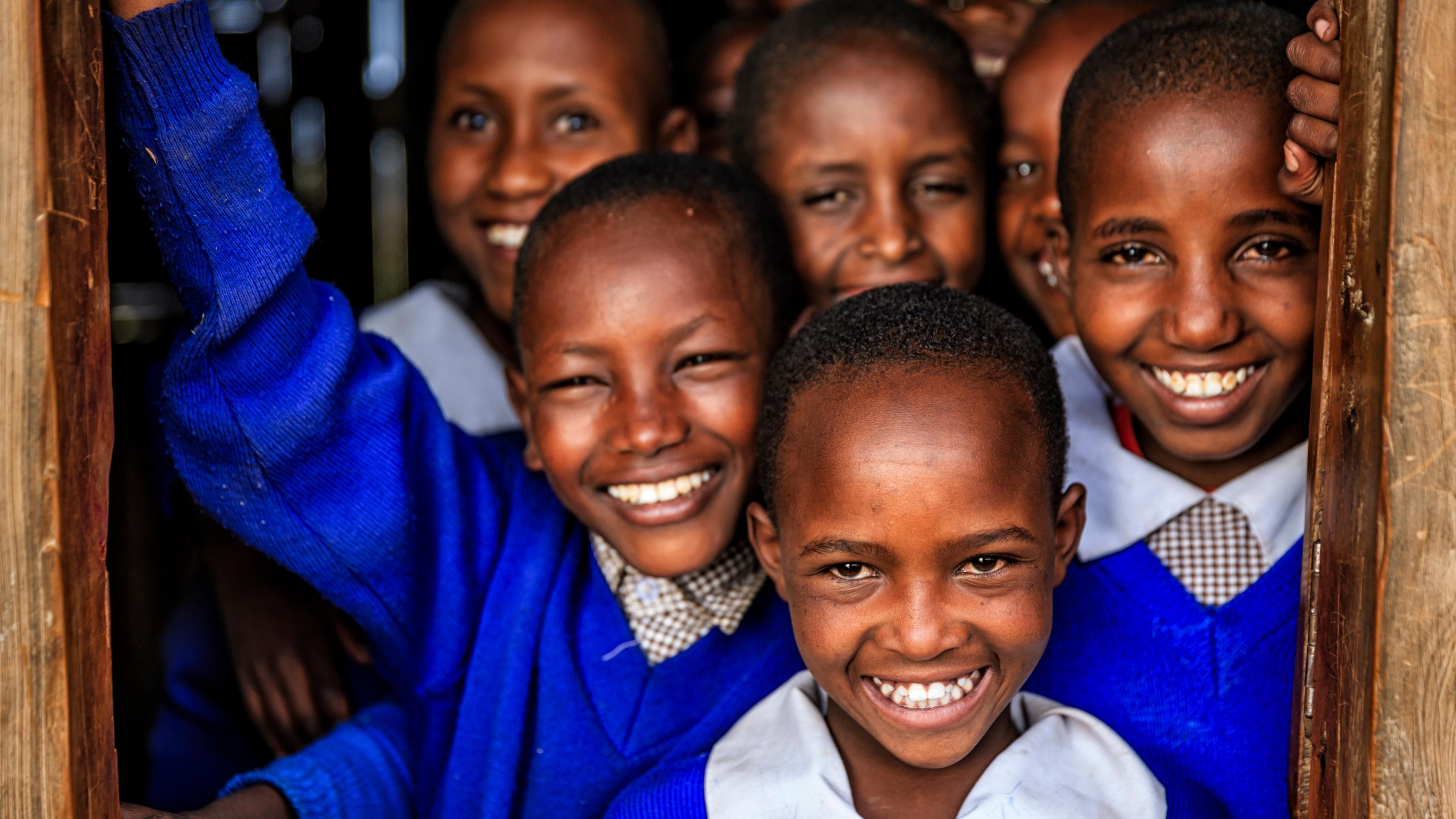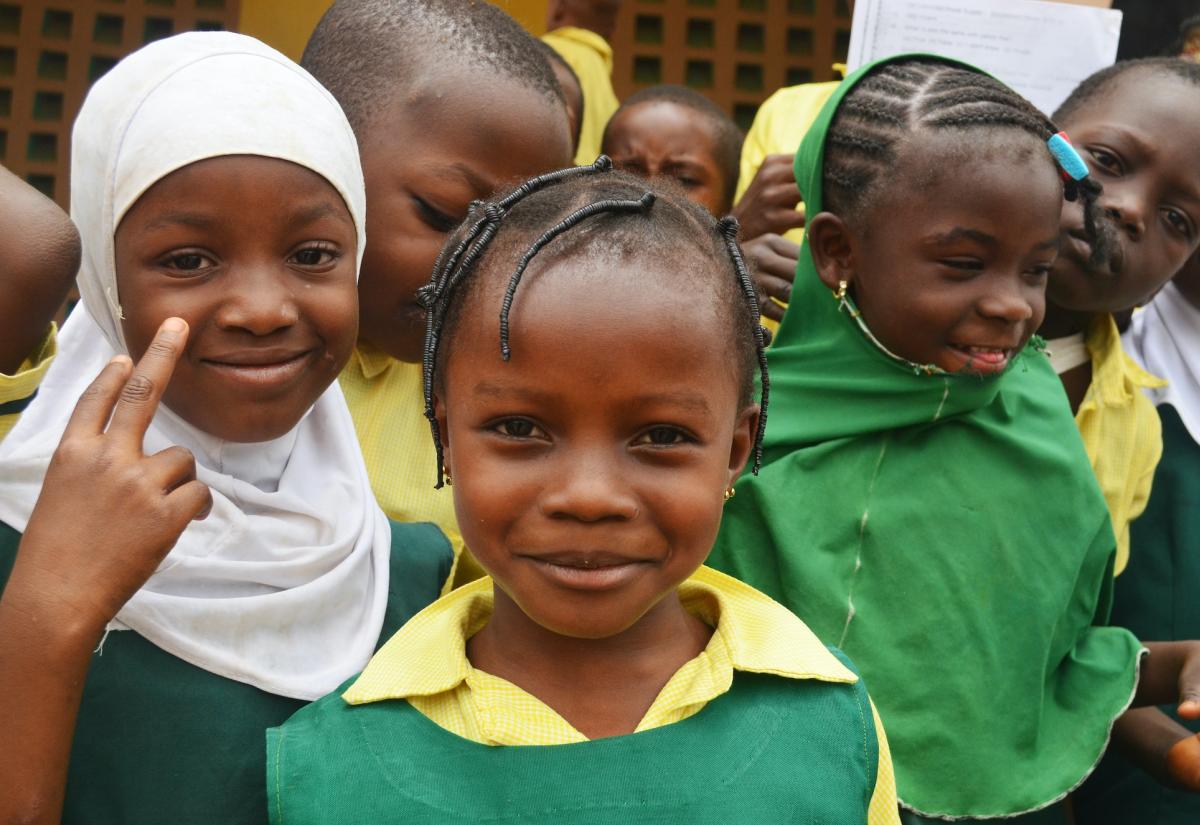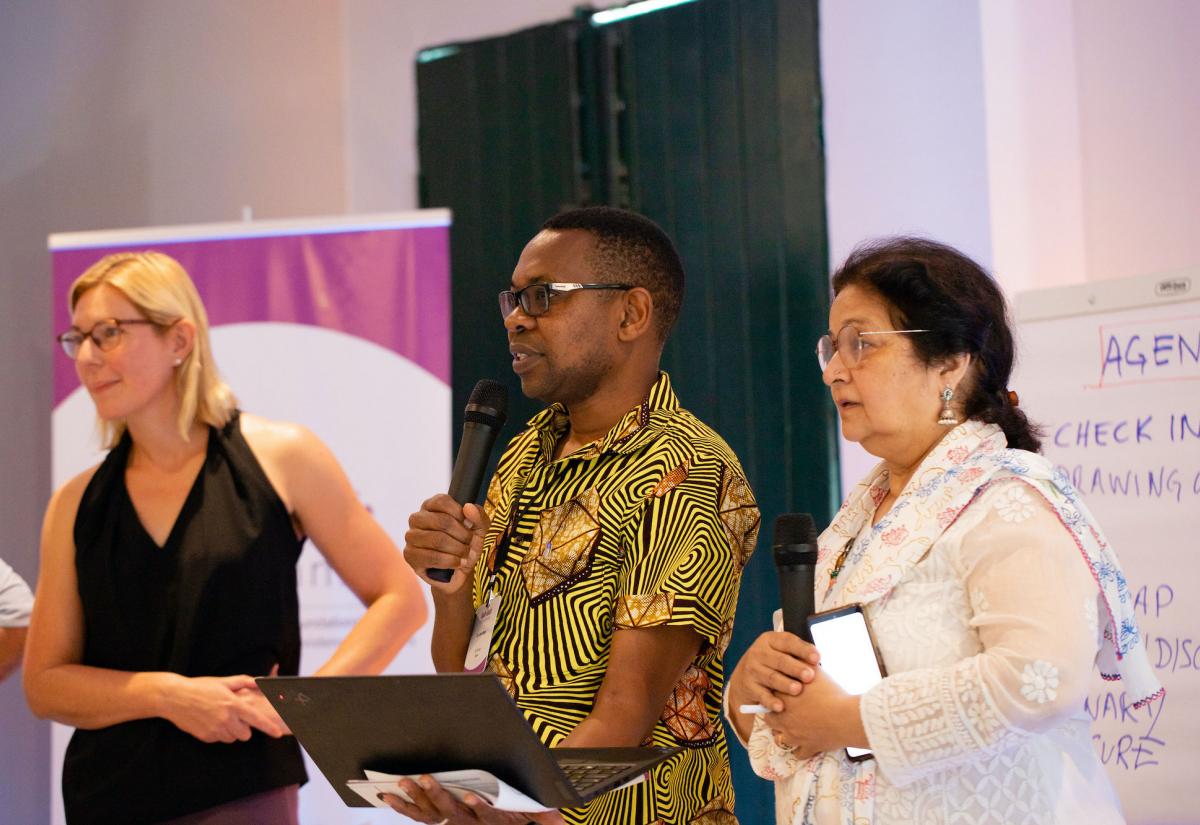Teachers, technology, and trajectories: New findings on improving systems of education
CGD's David Evans offers a handy round-up of the research presented at the final RISE Annual Conference. Read his summary of the latest evidence on effective education in the developing world.

The annual conference for the Research on Improving Systems of Education (or RISE) programme took place last month at the Blavatnik School. It’s a great opportunity to see some of the latest research on education in low- and middle-income countries. This year, scholars shared lots of research on teachers, technology, long-term trajectories of educational interventions, and more.
Here’s a round-up of the results presented. (In many cases, I indicate the statistical method the study used with a hashtag after the study summary.) I culled these from the papers (when those were posted) and from the videos of the conference (when papers weren’t available). If you’re interested in learning more, you can delve into the papers or the videos yourself! Happy learning!
Teachers
- Providing teachers in Ecuador at risk of not getting a job with information about schools where they'd have a better chance increased the likelihood of teachers being assigned to a school by more than a third. #RDD (Elacqua and others)
- Changing how teachers were hired in Mexico from a process where local officials and teachers’ union representatives had lots of decision-making power to a process based on exam performance led to the hiring of smarter teachers. Why? Discretionary hires tended to be lower skilled, and the tests focused on cognitive skills. #FixedEffects (Bedoya, de Hoyos, and Estrada)
- Rural private school teachers in India participated in a five-week training (with two sessions per week) to boost their sense of how much they actually affect students’ learning. As a result, teachers’ confidence in their abilities grew by nearly a quarter; they also worked harder and their students scored higher on end-of-year exams. #RCT (Kaur)
- In Malawi, “training school leaders in 1,200 schools to improve use of school resources, motivate teachers and create an inclusive school culture for students to attain their maximum learning potential” resulted in “significant improvements in test scores… driven by improvements in teacher management and provision of remedial classes.” #RCT (Asim and others)
- An at-scale, government-implemented teacher professional development program (for math and science in secondary school) didn't boost student learning in Nepal. Why not? A lack of oversight of training sessions, low baseline levels of teacher content knowledge, difficulty in securing substitute teachers to allow regular teachers to receive training, little post-training support, and wide variation in student knowledge levels (meaning teachers need to differentiate instruction). #RCT (Schaffner, Glewwe, and Sharma)
- A law making it harder to fire teachers in Chile reduced teacher turnover by a quarter, and while average test scores didn't change, students being taught by the teachers with the lowest baseline scores did significantly worse (than those with teachers with low scores but without job protection). #DifferenceInDifferences (Estrada & Lombardi)
Technology
- Phone call tutorials to students in five countries had “consistently large and robust effect sizes on learning, with average effects of 0.30-0.35 standard deviations. These effects are highly cost-effective, delivering up to four years of high-quality instruction per $100 spent.” #RCT (Angrist and others)
- Encouraging teachers "to blend their instruction with high-quality videos" led to "negative effects on student learning in grades 9 and 10 in mathematics" in India. #RCT (de Barros)
- In Bangladesh, children score significantly higher on phone-based assessments than on in-person assessments. The gap is bigger for younger students. (Rahman and Hossain)
Trajectories
- A program in South Africa that “provided teachers with a combination of lesson plans, teaching materials, and one-on-one coaching,” aimed at improving “their teaching of early grade home language (Setswana) literacy” had enduring literacy impacts four years after the intervention ended. Furthermore, there were benefits in other skills that weren’t a focus of the program (like comprehension of written English). #RCT (Stern and others)
- Eight years after a literacy program began in Uganda (and four years after it ended), students still show gains in English and in Leblango (a language spoken in Uganda). The benefits did not spill over to math, but the program did lead to kids advancing more steadily through grades in school. (Buhl-Wiggers and others)
- What factors facilitate educational reform, and what factors drive it? Qualitative case studies suggest that educational reform most often happens in cities, in countries with higher economic growth, more skilled leaders, and norms that foster collaboration. But it won't happen without visionary leaders—from politicians seeking to make change, to social entrepreneurs creating organizations to lobby for change, to funders who provide the needed resources. (Pattillo)
- Between 2012 and 2018, math teachers' mastery of the math they're supposed to teach improved, yet student learning fell. Why? More students from poor and rural households are entering school. #ValueAdded (Hoddinott and others)
- In Peru and in Ethiopia, children with better working memory and long-term memory scores at age 12 go on to have better cognitive achievement test scores in later years. Likewise, kids with better inhibitory control go on to have better math scores. #FixedEffects (Lopez and others)
- What lessons do Japan's and Korea's educational development in the late 19th and early 20th centuries have for lower income countries today? Historical analysis suggests the key is less in what they did than in how they did it, borrowing from the West but only after lengthy processes of debate and adaptation. (Crouch and Spindelman)
- In rural Bangladesh, more educated individuals are less likely to vote. (Murshed)
COVID-19
- In Uganda, enumerators gave caregivers nudges to change adverse social norms or overcome short-term thinking about sending children back to school: for example, they gave caregivers a “certificate of planned completion” to sign or gave them a message emphasizing longer term financial benefits of completing education. Kids in schools with either of the programs seemed to re-enroll post-COVID at much higher rates, although the sample sizes were small and so results weren’t statistically significant. #RCT (Better and Flaschen)
- Across six African countries, Kenya is the only one where girls were slow to return once schools reopened. Women who were in school before the pandemic were less likely to have kids during school closures than women who were already out of school, regardless of the length of the school closures. (Backhaus)
- In India, school reopenings post-COVID “led to a large and sustained shift in students from private schools to public schools.” Also, “a year after schools have reopened, we still see a large number of students out of school.” (Bhuradia, Davies, and Yuan)
- Interviews with teachers and parents suggest that as average gender gaps in Kenya have flipped, with girls now often performing better than boys. In the wake of COVID, people often have clear theories for challenges that girls face but speculate more widely on the challenges facing boys. (Kabay and Isika)
Foundational literacy and numeracy programs
- A phonics-based reading program seems to have sizeable reading proficiency gains for older kids (age 7+) in early childhood education classes in Liberia. #RCT (Sebele and others)
- Beyond educational outcomes, how do targeted instruction interventions such as Teaching at the Right Level affect children’s mental health? In Botswana, exposure to this teaching intervention significantly reduces behavioral and emotional difficulties of children (by 0.15 standard deviations). #DifferenceInDifferences (Opare-Kumi)
- Programs that "target educational instruction to a child's learning level" have often been effective. It turns out that most of the differences in effectiveness across settings are explained by whether the program has been implemented with high fidelity and by whether it is delivered by teachers or by volunteers. #MetaAnalysis #RCT (Angrist and Maeger)
Support to teachers and schools
- In Jordan, the official role of educational supervisors has shifted from that of an inspector to one of pedagogical adviser, but this hasn't been accompanied with additional training. The shift has also led to confusion regarding the roles of principals, supervisors, and teachers. (Brown and others)
- In Tanzania, many districts have split with the goal of more localized delivery of services like education. In the years after a split, scores on low-stakes tests rose, potentially because of better monitoring of schools and—in the short run—because poorer children were held back. There’s no evidence that schools were receiving more resources. (Cilliers, Habyarimana, and Hiti)
- A new tool to measure how education bureaucrats approach implementation—applied in more than a thousand Ghanaian schools—shows low delivery-related management scores overall but that higher scores are correlated with outcomes, like effort by district and school staff. (Boakye-Yiadom and others)
Instructional coherence
- In a high school in Tamil Nadu, ethnographic research over the course of nearly two years shows that teachers were regularly absent from classrooms, whether due to election duties, meetings, or administrative tasks. (Thangaraj)
- Original analysis of coherence across three key elements—curriculum, exams, and what's taught in the classroom—of Nigeria's primary education math and reading instruction suggest that "the system is aligned for low levels of cognitive demand and student mastery." (Adeniran and others)
This blog was originally posted on the Center for Global Development website on 25 September 2023 and has been reposted with permission.





